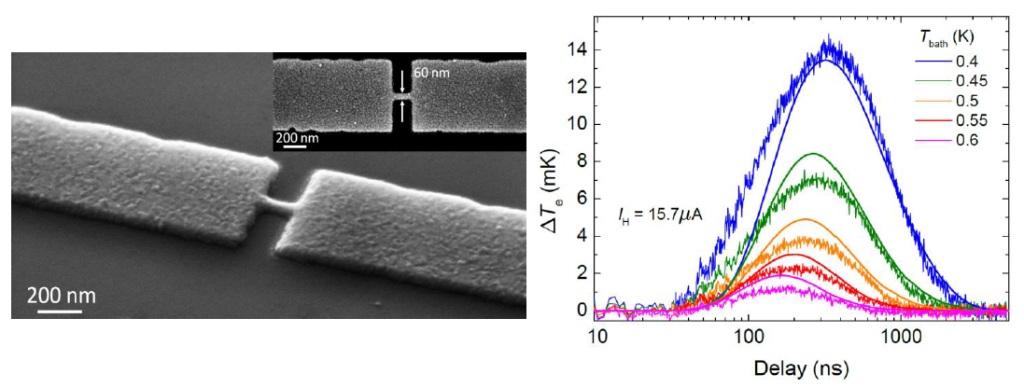
- This event has passed.
Thermodynamics of nanostructures at low temperatures. How to measure temperature by flipping a coin?
November 4 , 13:00 – 14:00
link to the Microsoft Teams meeting
Speaker: Prof. Maciej Zgirski
Affiliation: Institute of Physics, Polish Academy of Sciences, Warsaw, Poland
Thermometry is a key in studies of thermodynamics – discipline investigating heat flows arising from difference in temperature between two bodies. Investigations of thermal properties in nanoscale are much less common than corresponding electrical and magnetic studies. Partially it is because of the lack of fast thermometers that would be able to trace thermal transients appearing when electrical circuit is driven out of equilibrium due to, say, rapidly changing current responsible for Joule heating or photons absorbed in the bolometer. Yet, a proper understanding of thermal processes is essential for failure-free functioning of quantum circuits, involving design of nanoscale calorimeters and bolometers.
In the quest to measure temperature even faster I utilized the ability of current-carrying superconducting weak link (Fig.1) to instantaneously switch from superconducting to normal state [1,2]. The switching process is stochastic with the switching probability dependent on temperature and testing current: the bridge probing protocol remains in the analogy with familiar experiment of tossing a coin.
The ease of integration, true nanometer size and simplicity make the thermometer a good candidate for exploring thermodynamics of low temperature quantum circuits. The method can prove to be very attractive in determination of vanishingly small heat capacities and studying heat exchange mechanisms involving real-time visualization of hot electron diffusion in nanostructures (Fig.1, [3]) and calorimetric counting of single microwave photons.

[2] M. Zgirski*, M. Foltyn, A. Savin, K. Norowski, Flipping coin experiment to study switching in JJ and superconducting wires, Phys. Rev. Appl. 11, 054070 (2019)
[3] M. Zgirski*, M. Foltyn, A. Naumov, A. Savin, K. Norowski, Heat hunting in freezer: Direct measurement of quasiparticle diffusion in superconducting nanowire, arXiv:1911.02434 (2019)
Seminar language: English
Chairman: Ireneusz Weymann
Event Navigation
Theme by Themesmob
